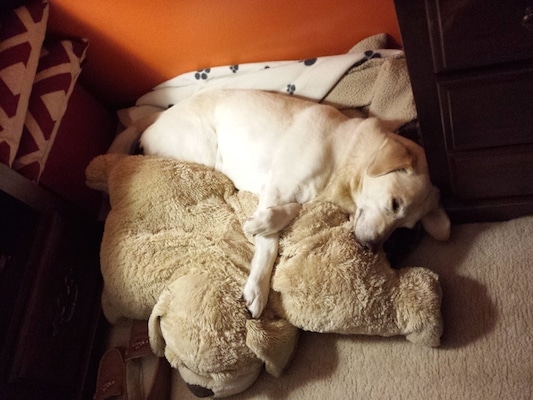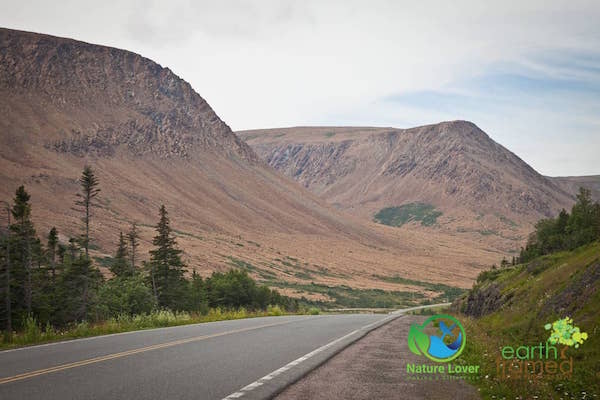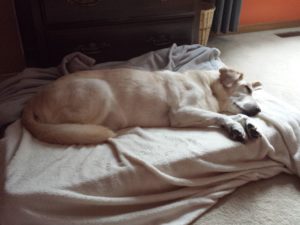 Last week Maya pulled or strained something in her front paw. She was getting up and immediately was unwilling to put any weight on that leg. I had been sitting there in the living room with her and didn’t really notice anything out of the ordinary. Maya has a very high pain tolerance, as do most dogs, and didn’t even yelp to indicate the moment she hurt herself. Being a dog parent, there will be many times that we are completely unaware of what caused an injury with our dogs, especially senior dogs.
Last week Maya pulled or strained something in her front paw. She was getting up and immediately was unwilling to put any weight on that leg. I had been sitting there in the living room with her and didn’t really notice anything out of the ordinary. Maya has a very high pain tolerance, as do most dogs, and didn’t even yelp to indicate the moment she hurt herself. Being a dog parent, there will be many times that we are completely unaware of what caused an injury with our dogs, especially senior dogs.
Maya is now 14 years old and has been walking 1.5 to 2.5 kilometres everyday. She is much slower than she use to be and we have to be careful how far we take her, but she is still doing well for her age. A few weeks ago we started taking her swimming to build muscle and provide additional low impact exercise since she has a knee/shoulder issue and is getting arthritic.
After a day of still having difficulty putting weight on her paw, obviously in pain and us carrying her up and down the stairs to the backyard, we decided to take her to the vet. The vet checked her out and determined she must have strained something but otherwise she didn’t’ feel we needed to do any x-rays or additional tests. She gave us some additional pain medicine, since Maya is already taking a daily dose of anti-inflammatory meds, and told us to rest her for 10 days. Five days in and she is already walking around quite well but we are still limiting her walking length and keeping her from trying to go up and down any stairs. Thankfully we built her a ramp to the backyard last year and purchased steps for the truck last spring.
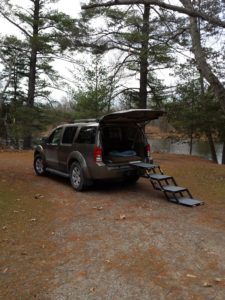
Steps by Pet Loader help Maya walk safely up and down from the truck. No more jumping and no need for us to lift her in and out.
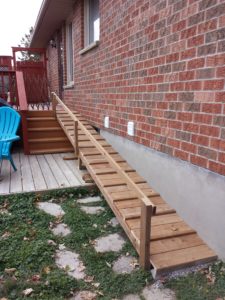
We built a ramp in the fall of 2015 because the deck stairs were too steep and slanted. The ramp is 16 feet long with a 11 degree incline/decline. We have since added non-skid mats to prevent slipping when it rains.
Vet Advice For Maya’s Rehabilitation
The vet directed us to a website with excellent videos on stretching and strengthening exercises for injured, arthritic or senior dogs (and cats). She instructed us to start with the following video during her recovery time to keep her limber and to hopefully gain a greater range of movement in her sore joints. What I didn’t realize is that these passive exercises will help decrease stiffness in joints and will help increase the strength of muscles and tendons which will support those joints.
It may take a few sessions to get your pet comfortable with the movements, so go slow and have low-calorie treats ready to make the experience one they will look forward to. I would also suggest all pet owners to do these sorts of exercises earlier in the pet’s life so that they will be use to it when they really need it.
After Maya has recovered we plan on moving on to the second video offered by the same company, Vétoquinol Canada. The next level is their Basic Therapeutic Exercises video which requires the pet to actively contract their own muscles. These exercises will build stronger muscles which will support their joints. There are a few therapy devices that are needed if you want to perform all of the exercises mentioned in the video: wobble board, steps and cones.
The last video is Vétoquinol Canada’s Advanced Therapeutic Exercises which can be done after your pet is able to easily do the exercises in the Basic video. The first thing you need to do before any of these exercises is to warm up your pet’s muscles. Depending on the animal’s ability you can massage the muscles, apply warm compresses or take them for a 3 to 4 minute walk. The following video will require your pet to exert more effort than the last two, so be sure they are capable of it and never pushed past the point of fatigue. To complete all of the exercises mentioned in the video, you will need the following therapeutic devices: peanut ball, wobble board, bands, and cavaletti poles (you can make these from household items too).
We hope these videos will help Maya regain her mobility and help her strengthen her muscles and joints so that she can continue to enjoy her walks in the park, pain-free.


